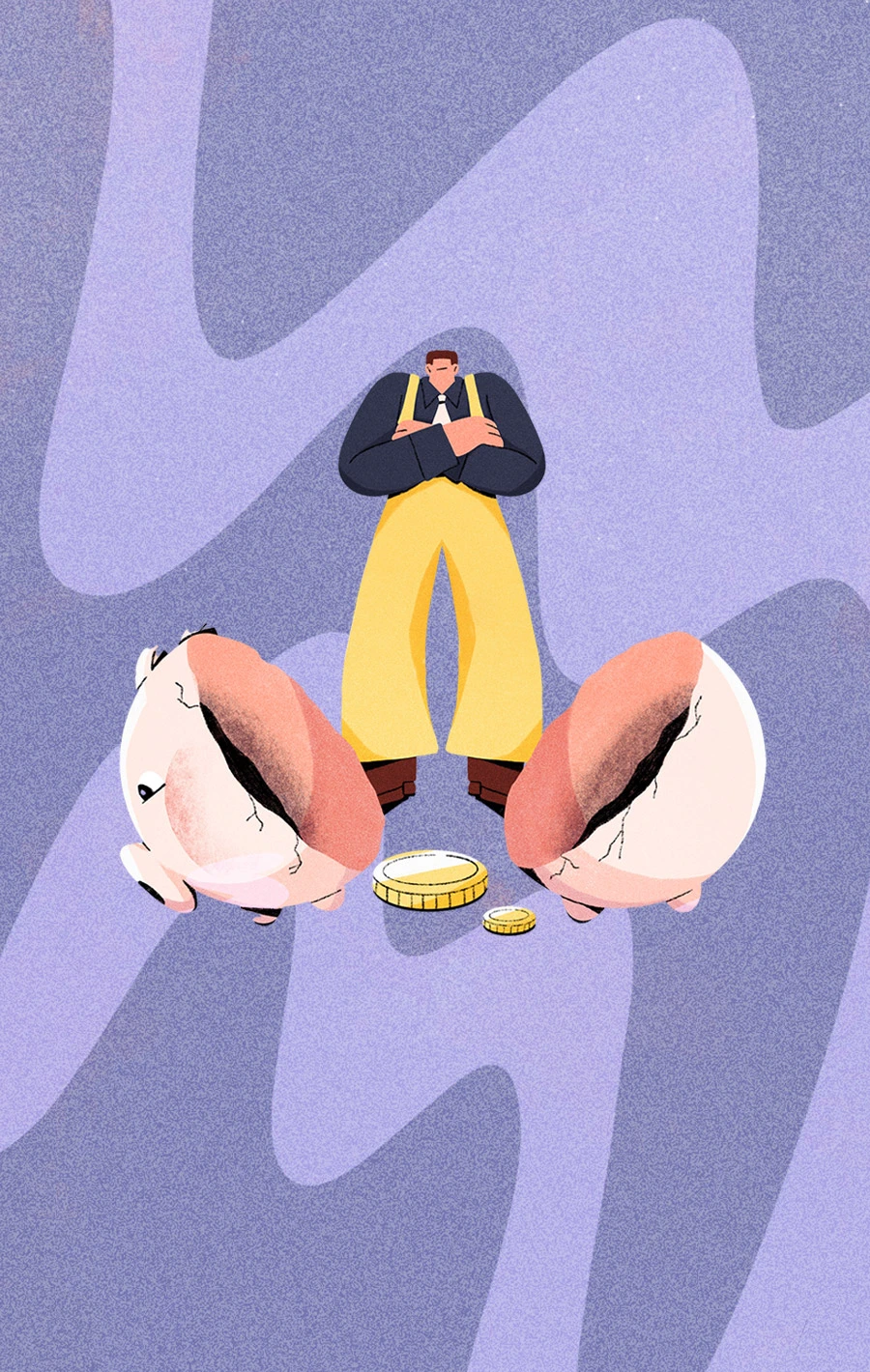How the Big Beautiful Bill Impacts PSLF (and Why Negotiated Rulemaking is the Real Concern)
Updated on July 14, 2025
Quick Facts
Your PSLF credits are safe from the Big Beautiful Bill. Your repayment plan might shift, but the bill itself won’t erase your progress toward forgiveness.
Your employer’s PSLF eligibility could soon become your biggest risk. New negotiated rulemaking might disqualify some previously eligible employers, putting your forgiveness credits in jeopardy.
You won’t know if your employer is safe until the rules are finalized. With no clear definitions yet, the uncertainty means you must wait for updates from the Department of Education.
PSLF Is Safe Under the Big Beautiful Bill, But Another Risk Looms
Congress just passed the Big Beautiful Bill, and everyone’s scrambling to figure out what it means for student loans. If you’re counting on Public Service Loan Forgiveness (PSLF) to erase your debt, headlines about repayment plans like SAVE, PAYE, and ICR might have triggered your anxiety. Let’s clear this up immediately: PSLF itself remains untouched. Your path to forgiveness, 120 payments with a qualifying employer, is still secure.
But while the bill doesn’t directly threaten PSLF, another less visible risk is quietly developing. A recent negotiated rulemaking at the Department of Education could redefine who counts as a qualifying employer. That change, more than anything in the bill itself, could jeopardize your PSLF eligibility.
Here’s what you need to understand and why your employer, rather than your repayment plan, might soon pose the biggest threat.
The Big Beautiful Bill Doesn’t Threaten PSLF Directly
Let’s start with what hasn’t changed. The Big Beautiful Bill leaves PSLF untouched—make 120 qualifying payments while employed by an eligible public-service employer, and your remaining balance gets wiped clean. That core promise remains unchanged.
But the bill does eliminate popular repayment plans like SAVE, PAYE, and ICR between now and 2028. If you rely on these plans for your PSLF strategy, you’ll eventually shift to the Modified Income-Based Repayment (Modified IBR) plan. Modified IBR may bump up your monthly payments slightly because of differences in how payments are calculated, particularly compared to the more generous SAVE and PAYE plans.
You could also choose the new Repayment Assistance Plan (RAP), appealing initially due to its lower upfront payments. But RAP locks you into payments without annual inflation adjustments, which could cost you significantly more over the long run, especially if you’re pursuing PSLF forgiveness.
Here’s the takeaway: All your previously earned PSLF credits remain safe despite these changes. Payment amounts might fluctuate, but your path to forgiveness stays secure. The real issue PSLF borrowers should worry about isn’t their repayment plan—it’s the Department of Education’s looming redefinition of what makes your employer eligible for PSLF through ongoing negotiated rulemaking.
The Real PSLF Risk: Negotiated Rulemaking
With everyone focused on the Big Beautiful Bill, another less-obvious threat is unfolding behind closed doors. This risk comes not from Congress but from the Department of Education’s recent negotiated rulemaking, a process the agency uses to write regulations without new laws from Congress. And this time, the Department has PSLF firmly in its sights.
In short, the Department of Education wants to redefine what counts as a “qualifying employer” under PSLF. Right now, qualifying employers include government agencies, schools, hospitals, and most nonprofit organizations. But the Department’s newly proposed definition introduces a troubling standard: organizations engaging in activities with a “substantial illegal purpose” would become permanently ineligible, costing their employees crucial forgiveness credits overnight.
Which Employers Could Lose PSLF Eligibility?
The Department has proposed disqualifying employers that engage in activities such as:
Violating federal immigration laws (including aiding unauthorized entry)
Providing illegal medical procedures (particularly unauthorized gender-affirming care for minors)
Supporting or funding groups designated as terrorist organizations
Systemic discrimination violating federal laws like the Civil Rights Act or Americans with Disabilities Act
These categories sound straightforward, but they aren’t. They raise tricky questions and gray areas, especially for universities, healthcare providers, and advocacy-focused nonprofits. Even if only part of your employer’s activities fall under these definitions, the whole organization—and thus your PSLF payments—could be at risk.
Could You Lose PSLF Credit Retroactively?
Most troublingly, the proposed rules could apply retroactively. If your employer is later flagged as ineligible, you could lose past payments you thought were safe. This risk is highest for borrowers already close to their 120-payment goal, potentially setting their forgiveness timeline back years.
PSLF Employer Rules Remain Uncertain
Right now, uncertainty around PSLF employer eligibility isn’t going away anytime soon. The recent negotiated rulemaking ended without a clear consensus, leaving critical questions unanswered. The Department of Education will soon publish its own Notice of Proposed Rulemaking (NPRM), clarifying or potentially revising current proposals. Until then, no one can confidently say which employers remain “safe.”
Here’s what we know with certainty:
No final employer definitions yet exist. Current proposals are broad, ambiguous, and cover activities such as immigration violations, discrimination, or unauthorized medical procedures.
Retroactive disqualification remains possible. You could lose previously earned PSLF credit if your employer later becomes ineligible.
Proposed borrower protections are incomplete. There might be notifications and appeal processes if an employer is disqualified, but the details and effectiveness of these measures remain unclear.
Here’s what we don’t know, and can’t yet reliably answer:
Exactly who remains safe. There’s currently no definitive list of safe employers, nor clear guidance on activities that guarantee PSLF eligibility.
How likely retroactive disqualification is. Without finalized rules, estimating risk remains speculation.
How appeals or reinstatement processes would practically work. The specifics—timelines, success probabilities, and procedural steps—remain uncertain until final rules emerge.
In other words, until the Department provides concrete details, borrowers face uncertainty without clear practical safeguards. For now, staying aware of this developing situation is your best and only move.








